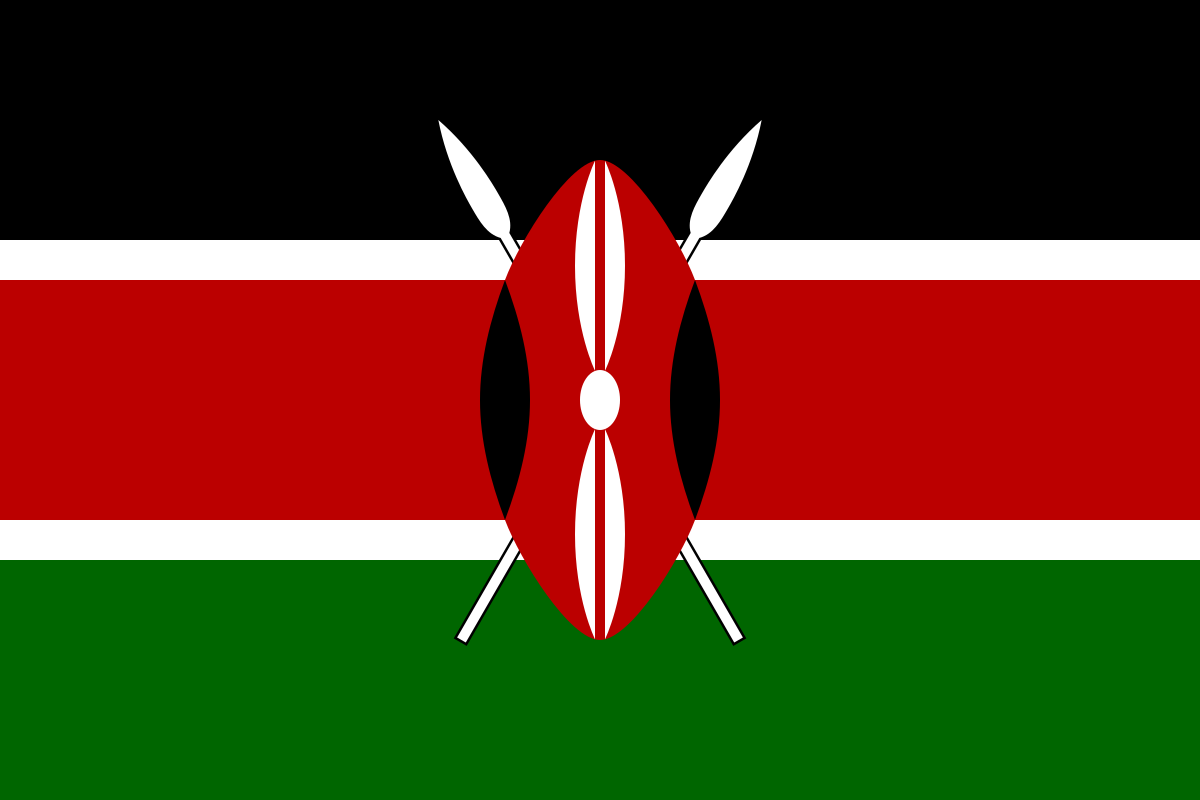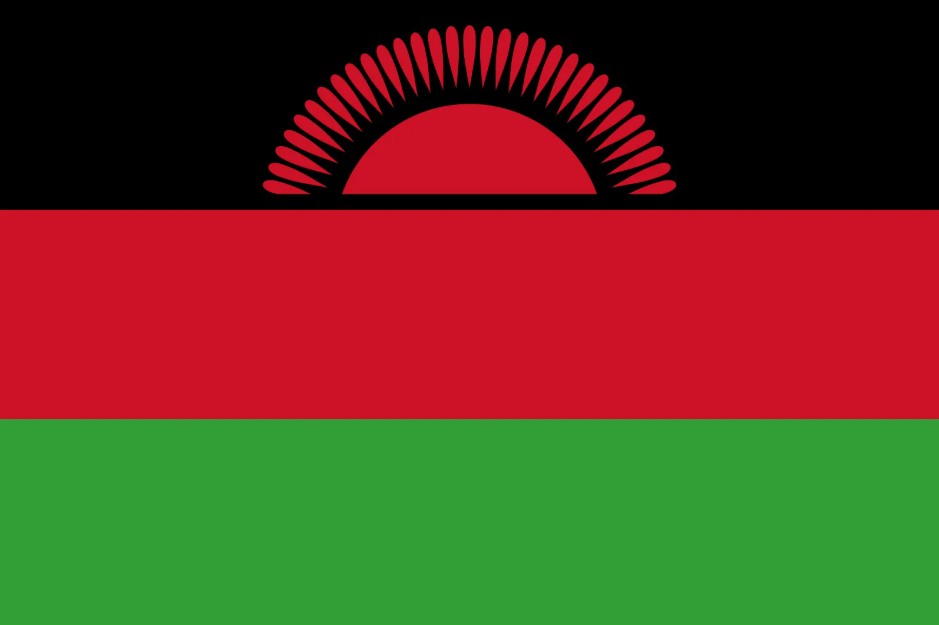Ethiopia 
Biosafety Law
None
Ministerial Decree
2009; 2018
Biosafety Regulations
2017
GEd Guidelines
2024
Organisms
Teff, Sorghum, Maize, Potato, Ensette, Ethiopian mustard oil, Coffee
Burkina Faso 
Biosafety Law
2006; Revised 2012
Ministerial Decree
None
Biosafety Regulations
2004
GEd Guidelines
2021-23
Organisms
Rice, Cowpea, Groundnuts, Cassava, Sweet potato, Tomato
Cameroon 
Biosafety Law
2003
Ministerial Decree
2007
Biosafety Regulations
None
GEd Guidelines
None
Organisms
Sorghum, Maize, Wheat, Cowpea,Bambara nut, Cassava, cocoyam, Plantain, Banana, Cocoa, Coffee
Egypt 
Biosafety Law
None
Ministerial Decree
1995; 1998; 2006; 2007; 2014
Biosafety Regulations
None
GEd Guidelines
None
Organisms
Wheat, Sorghum, Maize, Rice, Barley, Chickpea, Faba bean, Lentils, Potato, Petunia, Strawberry, Banana-pests,Date-palm
Mauritius 
Biosafety Law
2004
Ministerial Decree
None
Biosafety Regulations
2022; 2024
GEd Guidelines
None
Organisms
Tomato, Potato
Nigeria 
Biosafety Law
2015; Amended 2019
Ministerial Decree
None
Biosafety Regulations
2011; 2017
GEd Guidelines
2020
Organisms
Sorghum, Maize, Millet, Cowpea, Bambara nut, Soybean, Tomato, Cassava, Yams, Irish Potato, Cocoa, Ginger
Morocco 
Biosafety Law
2009
Ministerial Decree
None
Biosafety Regulations
None
GEd Guidelines
None
Organisms
Durum Wheat, Barley, Forage crops, Lentils, Chickpea, Potato, Tomato
Rwanda 
Biosafety Law
2024
Ministerial Decree
None
Biosafety Regulations
2020
GEd Guidelines
None
Organisms
Sorghum, Maize, Rice, Beans, Cassava, Irish Potato, Banana
Tunisia 
Biosafety Law
2014
Ministerial Decree
2008
Biosafety Regulations
None
GEd Guidelines
None
Organisms
Durum Wheat, Barley, Faba bean, Olive (Olea europaea), Date Palm, Carob (Ceratonia siliqua), Tomato, Pepper
Ghana 
Biosafety Law
2011
Ministerial Decree
None
Biosafety Regulations
2016; 2019
GEd Guidelines
2023
Organisms
Sorghum, Maize, Rice, Cowpea, Bambara nut, Tomato, Sweet Potato, Cocoa, Onions, Plantain, Banana
South Africa 
Biosafety Law
1997; Amended 2006
Ministerial Decree
None
Biosafety Regulations
1997; Amended 2021
GEd Guidelines
None
Organisms
Sorghum, Maize, Bread wheat, Fodder Grasses, Marama Groundnut, Cowpea, Bambara nut, Potato, Cassava, Banana, Table grapes, Sugarcane, Wine Grapes
Senegal 
Biosafety Law
2009; 2022
Ministerial Decree
None
Biosafety Regulations
None
GEd Guidelines
None
Organisms
Rice, Cowpea, Peanuts, Tomatoes, Pepper
Mozambique 
Biosafety Law
None
Ministerial Decree
2007; 2014
Biosafety Regulations
2014
GEd Guidelines
Under validation
Organisms
Sorghum, Maize, Millet, Rice, Wheat, Cowpea, Cassava, Banana
Kenya 
Biosafety Law
2009
Ministerial Decree
None
Biosafety Regulations
2011; 2012
GEd Guidelines
2022
Organisms
Sorghum, Maize, Pearl millet, Rice, Groundnut, Tomato, Cassava, Yam, Potato, Banana
Malawi 
Biosafety Law
2002
Ministerial Decree
None
Biosafety Regulations
2007
GEd Guidelines
2022
Organisms
Soybean, Groundnuts, Tomato
Zimbabwe 
Biosafety Law
2006
Ministerial Decree
None
Biosafety Regulations
2018
GEd Guidelines
Not yet approved
Organisms
Sorghum, Maize, Millet, Cowpea, Cassava, Tobacco





